EU institutions/bodies
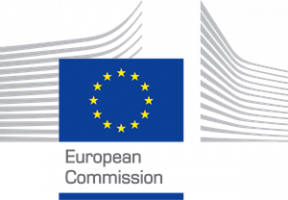
Directorate-General for European Civil Protection and Humanitarian Aid Operations (DG ECHO)
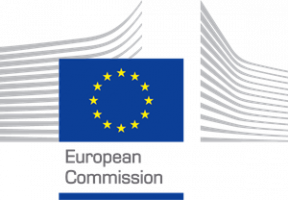
Emergency Response Coordination Centre (ERCC)
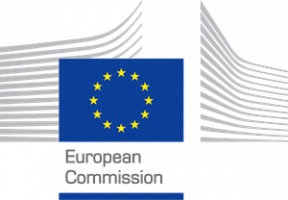
Enhanced Response Capacity (ERC)

The support of the European Union to the Civil Protection sector in Serbia is worth more than 250 million euros for the period from 2014 until today.
Activities in this sector include fighting fires, preventing floods and repairing damage after natural disasters, and in the last two years support in the fight against the corona virus - the delivery of medical equipment, vehicles and assistance to refugees and other vulnerable groups. The Civil Protection Sector relies on instruments such as the Civil Protection Mechanism, RescEU and ECHO.
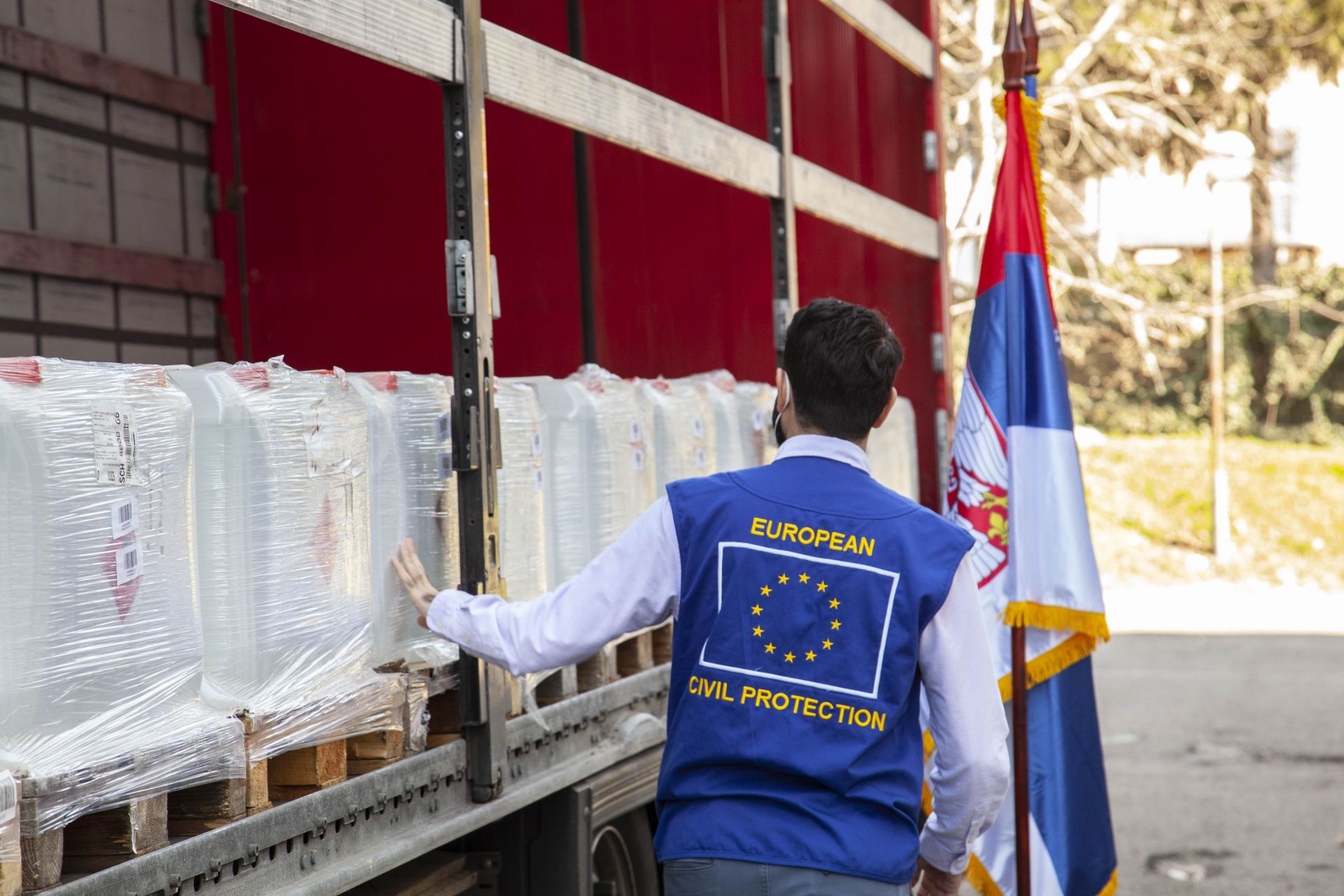
The greatest support of the European Union to Serbia, in this domain, is reflected in the help that our country received during the great floods in 2014, and what followed. Embankment upgrades, riverbed cleaning and maintenance, and rehabilitation and repair of pumping stations are some of the activities of the Civil Protection Sector projects. They are in progress in Svilajnac, Paracin, Obrenovac, Valjevo, Surcin, Macva… As many as 73 new bridges were built with EU money, eight roads were reconstructed, 23 landslides were repaired, in a total of 28 municipalities throughout Serbia. Also, special equipment has been donated to improve disaster management, including portable water purifiers, water transport pumps and mobile flood protection walls, as well as mobile substations.
In total, in the last six years, the EU has allocated 170 million euros in grants to our country, and only for the project aimed at recovering from the floods of 2014, but also to prevent future floods, of which more than two million people in Serbia had any benefits. By the end of 2018, over 230 houses have been built, while almost 2,500 houses affected by the floods have been renovated in various municipalities. The entire building was erected in Obrenovac, the municipality that was hardest hit, to provide social housing for over 40 families who lost everything they had in the floods. Nearly 40,000 farming families received support in fodder, fruit seedlings, animals, winter crops and training. Thanks to the reconstruction of 15 primary and secondary schools and the construction of one new school and one kindergarten, more than 13,000 students and teachers received the conditions for learning and work again. The EU has also reconstructed the drinking water supply system in Trstenik, rebuilt 12km of the Korenita-Krupanj regional road, repaired 24 landslides, built two new ones and repaired four bridges.
CIVIL PROTECTION MECHANISM
An extremely important instrument for the implementation of these types of assistance in the civil protection sector is the European Union Civil Protection Mechanism (EUCPM). The EU Civil Protection Mechanism facilitates cooperation in emergency response, preparation and prevention between Member States, as well as several other European countries. Serbia became a member of the Mechanism in 2015, but even before that, during the devastating floods in May 2014, Serbia felt the benefits of European solidarity through the EU Civil Protection Mechanism. This operation has been one of the largest since the Mechanism was established, and since its inception in 2001, the Mechanism has responded to over 330 requests for assistance inside and outside the EU. Most EU member states have offered assistance such as ships, helicopters, pumps and humanitarian kits to Serbia and neighbouring Bosnia and Herzegovina. More than 800 humanitarian workers were deployed, 80 satellite images and maps were produced, and the European Commission co-financed the transport of aid to the affected areas in both countries. The assistance of the Mechanism did not stop then - it was reactivated, at the request of Serbia, during the crisis caused by the corona virus pandemic. Medical equipment, laboratory material, personal protective equipment arrived in Serbia through the EU Civil Protection Mechanism, and one of the specific deliveries included the delivery of 10,000 masks from the European Union emergency medical equipment warehouse - RescEU - located in Romania. In addition to this assistance, through the UCPM France has donated 5 Generators, 5 Flow rate valve, 5 Oxygen extractors, 5 Oxygen nasal cannula, 200 High concentration oxygen mask, 200 Low concentration oxygen masks.
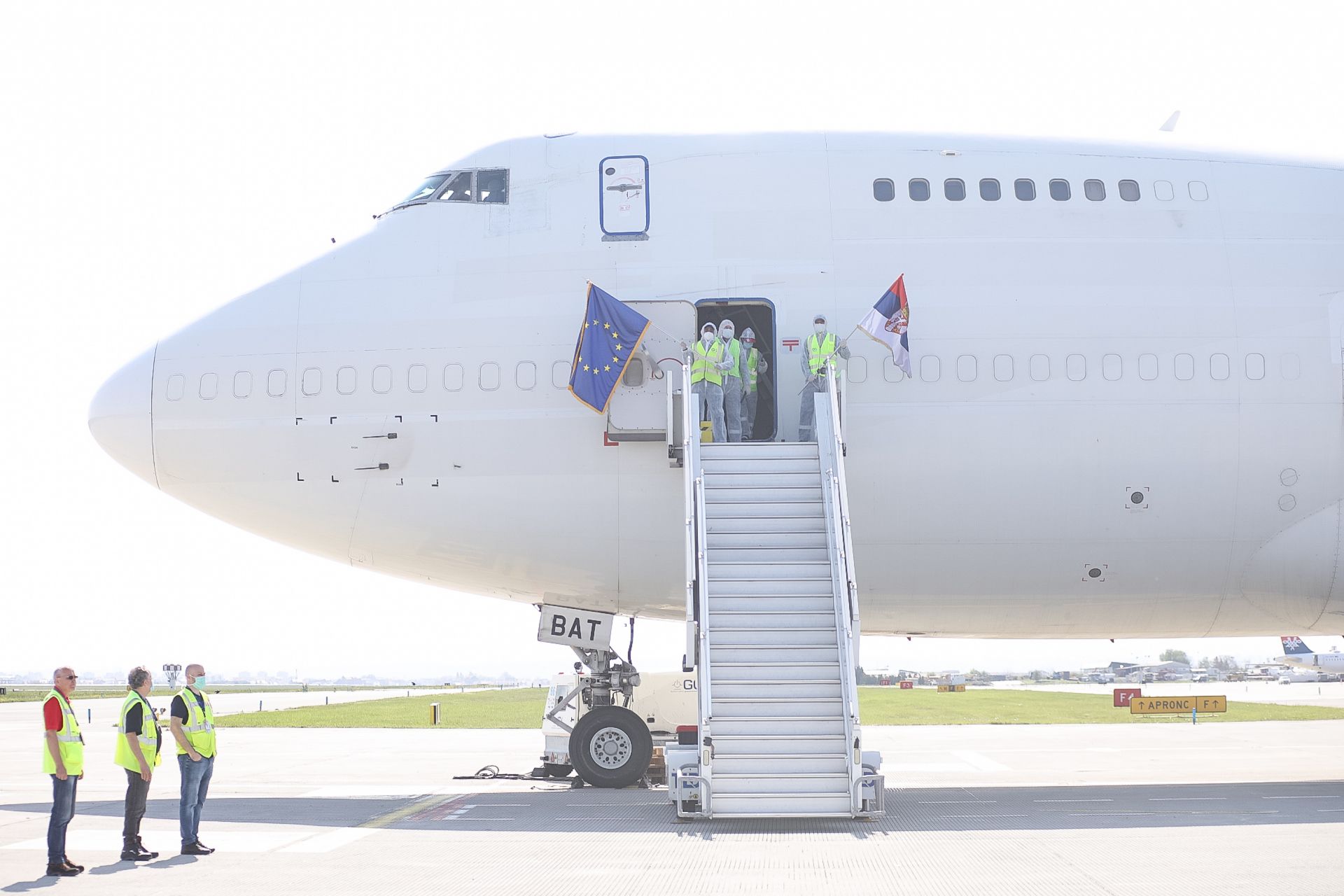
RescEU
During 2019, the EU strengthened the components of its disaster risk management by improving the EU Civil Protection Mechanism. The latest introduced element - rescEU - aims to improve the protection of citizens from disasters and the management of emerging risks. In addition, rescEU is establishing a new European Resource Reserve ('rescEU Reserve') that includes a fleet of firefighting aircraft and helicopters, medical evacuation aircraft, as well as supplies of medical equipment and field hospitals that can respond to health emergencies, and chemical, biological, radiological and nuclear incidents.
ECHO
European Civil Protection and Humanitarian Aid Operations (ECHO) was established in 1992 and aims to provide emergency and assistance (in the form of goods and services) to victims of conflict and natural or man-made disasters outside the EU. Also, ECHO activities are related to disaster prevention and post-crisis operations. Since 2015, with increased mixed migration flows to Serbia, the EU has donated more than 117 million euros in assistance to state institutions, local governments, international and civil society organizations, reception centers and other beneficiaries. This amount of funds makes the EU the largest donor in Serbia in the field of migration management.
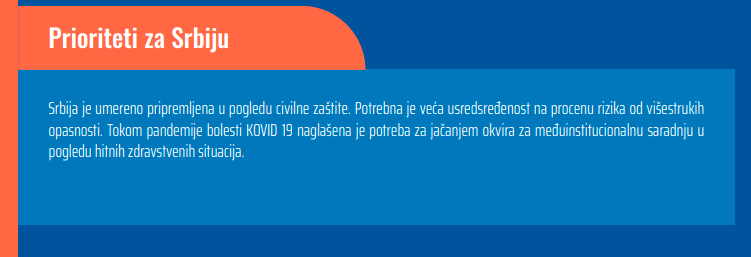
European Solidarity Fund
The European Commission has allocated almost 12 million euros to Serbia, in order to contribute to the fight against Covid-19 as part of the EUSF.
The EUSF emerged after severe floods in Central Europe in the summer of 2002, primarily to help eligible countries in emergency and disaster recovery operations. Between 2002 and 2020, the EUSF mobilized over 6.5 billion euros for interventions in 96 catastrophic events in 23 member states and 1 accession country. Since March 2020, as part of the EU's efforts to combat the coronavirus pandemic, the scope of the European Solidarity Fund has been expanded to cover major public health emergencies. The EU Solidarity Fund is available to EU member states, but also to EU candidate countries, such as Serbia. It can be activated in cases of major natural disasters or public health emergencies that cause great direct damage or require the containment of significant public financial expenditures. Serbia has benefited from the EU Solidarity Fund in the past, after the 2014 floods.
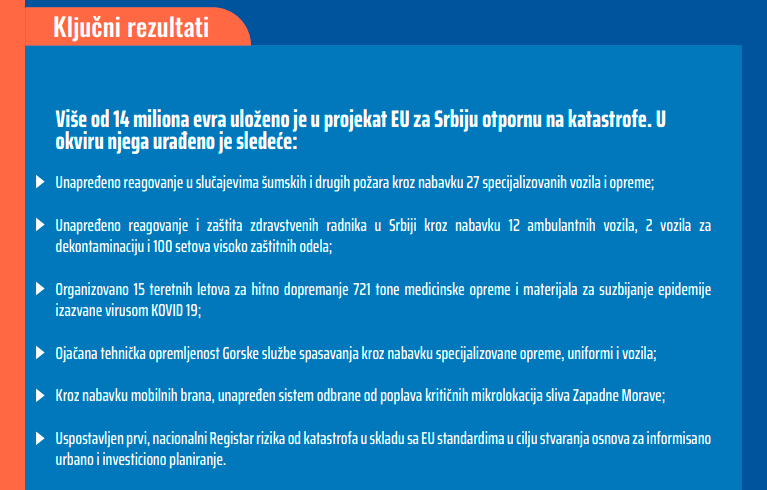
Team Europe
In April 2020 the European Union has launched its “Team Europe” package to support partner countries in the fight against the coronavirus pandemic and its consequences. The objective of the “Team Europe” approach is to combine resources from the EU, its Member States, and financial institutions, in particular the European Investment Bank and the European Bank for Reconstruction and Development.
The overall figure of the “Team Europe” package reaches almost 38.5 billion euros.

The support of the European Union to civil protection in Serbia is worth more than 250 million euros for the period from 2014 until today, and only for the recovery from floods and prevention of future ones, the EU has invested 170 million euros in non-refundable aid. During the great floods of May 2014, the EU showed significant solidarity with Serbia: pumps, helicopters, ships, humanitarian aid were available at a crucial moment, and after the danger passed, investments were made in recovery, rehabilitation and prevention of future disasters. Also, since the beginning of the refugee crisis in 2015, it has helped with more than 80 million euros.
After the outbreak of the Covid-19 pandemic, emergency aid was launched to Serbia, as well as long-term aid for recovery from the crisis, worth over 93 million euros. In addition to member countries, Serbia is one of the countries participating in the Civil Protection Mechanism, ECHO and RescEU programs.
Within the frames of the EU, the main mission of the European civic protection and the operation of humanitarian aid is the preservation of life, prevention and lessening of human suffering and the protection of the population stricken by catastrophe and crisis.
The support from the European Union is implemented in cooperation with the Serbian Government. The European Union is the biggest donor out of all other international donors put together. The donations from the European Union are used for Serbia`s development.



